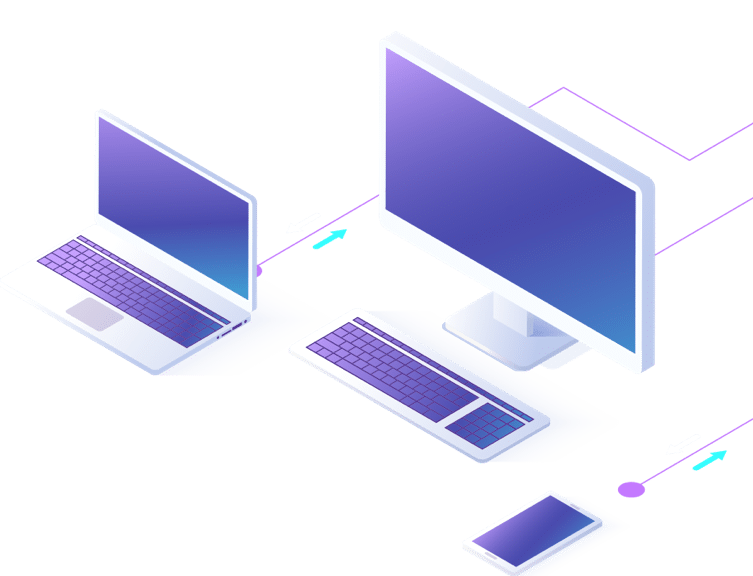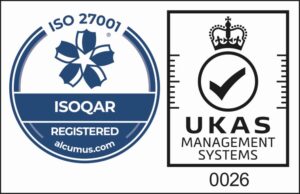Challenges of Onboarding New starters & Offboarding Leavers for IT-Managed services
Onboarding new starters and offboarding leavers can be challenging for Managed-IT Service, but with the right processes and procedures in place, it can be done efficiently. Some of the main challenges that may arise include:
Data security
Ensuring that data security protocols are followed during the onboarding and offboarding process is crucial to protect the company’s sensitive information. This includes ensuring that new hires sign NDAs and that proper permissions and access controls are put in place for new starters. Additionally, offboarding employees also requires revoking their access to company data and systems and properly wiping their devices to ensure data security.
Compliance
Managed-IT Service must comply with a variety of regulations, such as data privacy laws (e.g., GDPR, HIPAA) that must be adhered to during the onboarding and offboarding process. IT-managed services must also ensure that new employees are aware of the relevant laws and that they are properly trained in the company’s policies to comply with these regulations.
Communication
Ensuring that all relevant parties are informed of new hires and leavers is important to ensure a smooth onboarding and offboarding process. This includes notifying Managed-IT Service of new hires, and then ensuring that the new hires are aware of the IT-managed services’ contact information and procedures for requesting support. Also, it’s important to notify the IT-managed services of any leavers, so that access can be revoked and data can be secured in a timely manner.
IT equipment management
Managed-IT Service are responsible for providing and managing the IT equipment for new starters and for retiring the IT equipment for leavers. This includes provisioning and configuring new laptops, mobiles, and other devices for new hires, and then securely wiping or retiring the devices of leavers.
Training
Managed-IT Service are responsible for training new hires on the company’s IT systems, software, and policies. This includes providing training on the use of company’s software, cloud services, and other systems, as well as training on security protocols and compliance with relevant laws.
To overcome these challenges, Managed-IT Service need to have clear procedures and processes in place for onboarding and offboarding. This includes having a checklist of tasks that need to be completed, such as revoking access to company data and systems, wiping devices, and returning company property. It also includes having clear communication channels in place to inform all relevant parties of new hires and leavers and ensuring that the new hires are properly trained on the company’s IT systems, software, and policies.












